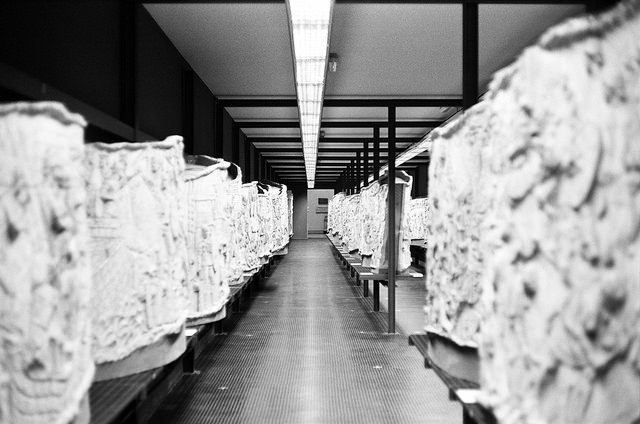The ground is still as hotly contested a political space as it has ever been. And “to go underground,” Parikka writes, “is an analytical but also an ethico-esthetic choice. To investigate the geology of media is a theoretical contribution to the analysis of this situation of the anthrobscene.”
Parikka offers a convincing geotechnical portrait of materiality. He reorients the reader to consider how the earth, its inorganic life, the “flows of its dynamic unstable matter,” are “expressive in an ontological sense.”
Halfway through, Parikka steps outward to meditate on tiefenzeit, or deep time. Siegfried Zielinksi, a German media scholar, analyzed the concept in his Deep Time of the Media. Parikka builds atop Zielinski’s work.
Deep time refers to earth time and its cycles of renewal and decay. However, as Parikka points out, the fossil record itself doesn’t map out a perfect linear evolution, but instead, many strands of evolution proceeding at different speeds. Deep time has many facets. The planet has undergone and will continue to undergo radical transformation. (There is implied critique throughout of linear myths of progress, divergence from the accounts of Lyell and Hutton.)
